Relampago del Catatumbo
This everlasting lightning storm may be the world's largest generator of ozone.
There’s something strange in the air where the Catatumbo River flows into Lake Maracaibo in Venezuela…
For 140 to 160 nights out of the year, for 10 hours at a time, the sky above the river is pierced by almost constant lightning, producing as many as 280 strikes per hour. Known as the “Relámpago del Catatumbo,” (relámpago means lightning in Spanish) this lightning storm has been raging, on and off, for as long as people can remember. The area has been labeled as the most electric place on Earth and it even made it to the Guinness Book of World Records.
It was first written about in the 1597 poem “The Dragontea” by Lope de Vega. De Vega tells of Sir Francis Drake’s 1595 attempt to take the city of Maracaibo by night, only to have his plans foiled when the lightning storm’s flashes gave away his position to the city’s defenders.
This happened again on July 24, 1823, when, during the Venezuelan War of Independence, Spanish ships were revealed by the lightning and defeated by the Simón Bolívar’s upstart navy.
In fact, the lightning, visible from 400 kilometers away, is so regular that it’s been used as a navigation aid by ships and is known among sailors as the “Maracaibo Beacon.” Interestingly, generally little to no sound accompanies this fantastic light show, as the lightning moves from cloud to cloud—far, far above the ground.
For many years, it was unknown exactly why this area—and this area alone—should produce such regular lightning. One theory held that ionized methane gas rising from the Catatumbo bogs met with storm clouds coming down from the Andes, helping to create the perfect conditions for a lightning storm. Now, though, scientists attribute the lightning to a regular, low-lying air current coming from the Caribbean; they’ve set up an early warning system based on forecasts of when lightning storms will come. The highest concentration of lightning strikes can be usually observed in October, and the lowest in January and February.
With a total of roughly 1.2 million lightning discharges per year, the Relampago del Catatumbo is thought to be the world’s greatest producer of ozone. As the lightning rips through the air, it produces nitrogen oxide, which is broken down by sunlight and converted into ozone. It is unclear, however, whether these molecules ever end up in the protective ozone layer high above the planet.
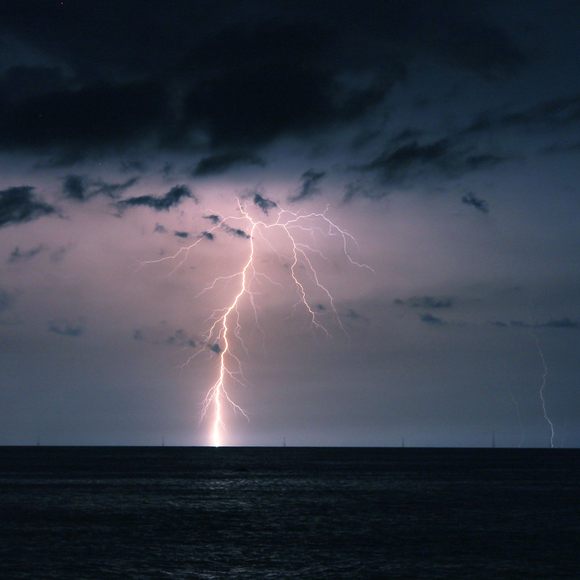





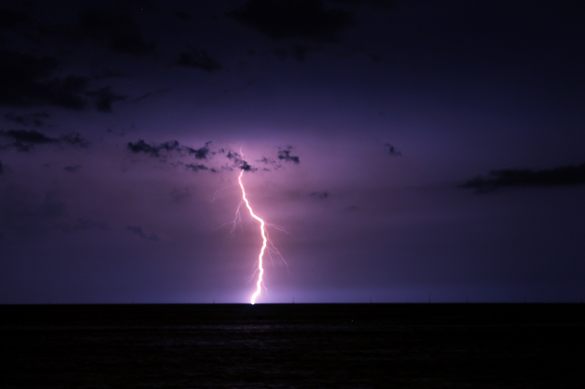
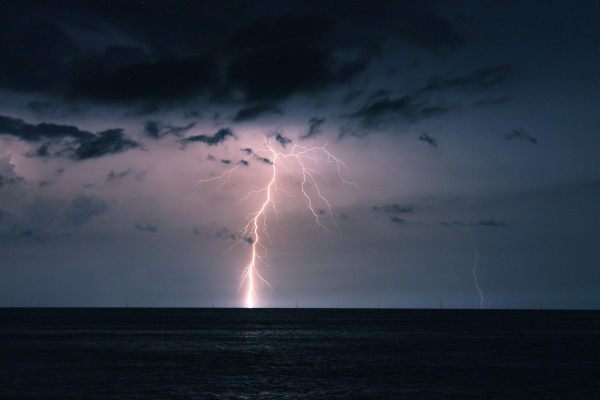
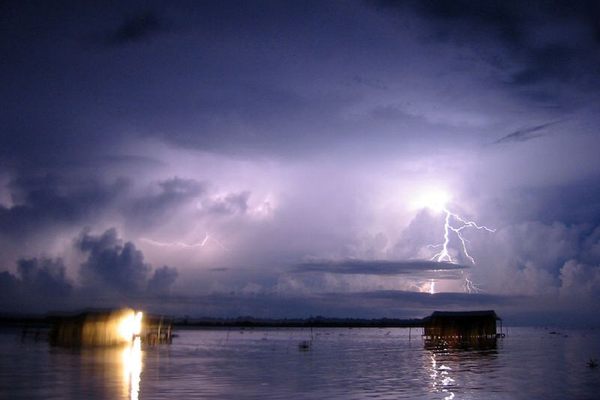
















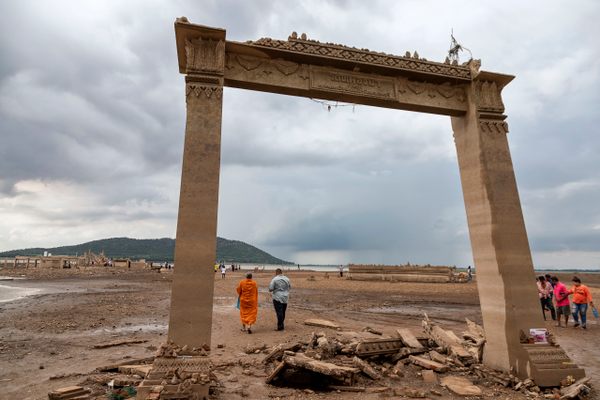




Follow us on Twitter to get the latest on the world's hidden wonders.
Like us on Facebook to get the latest on the world's hidden wonders.
Follow us on Twitter Like us on Facebook